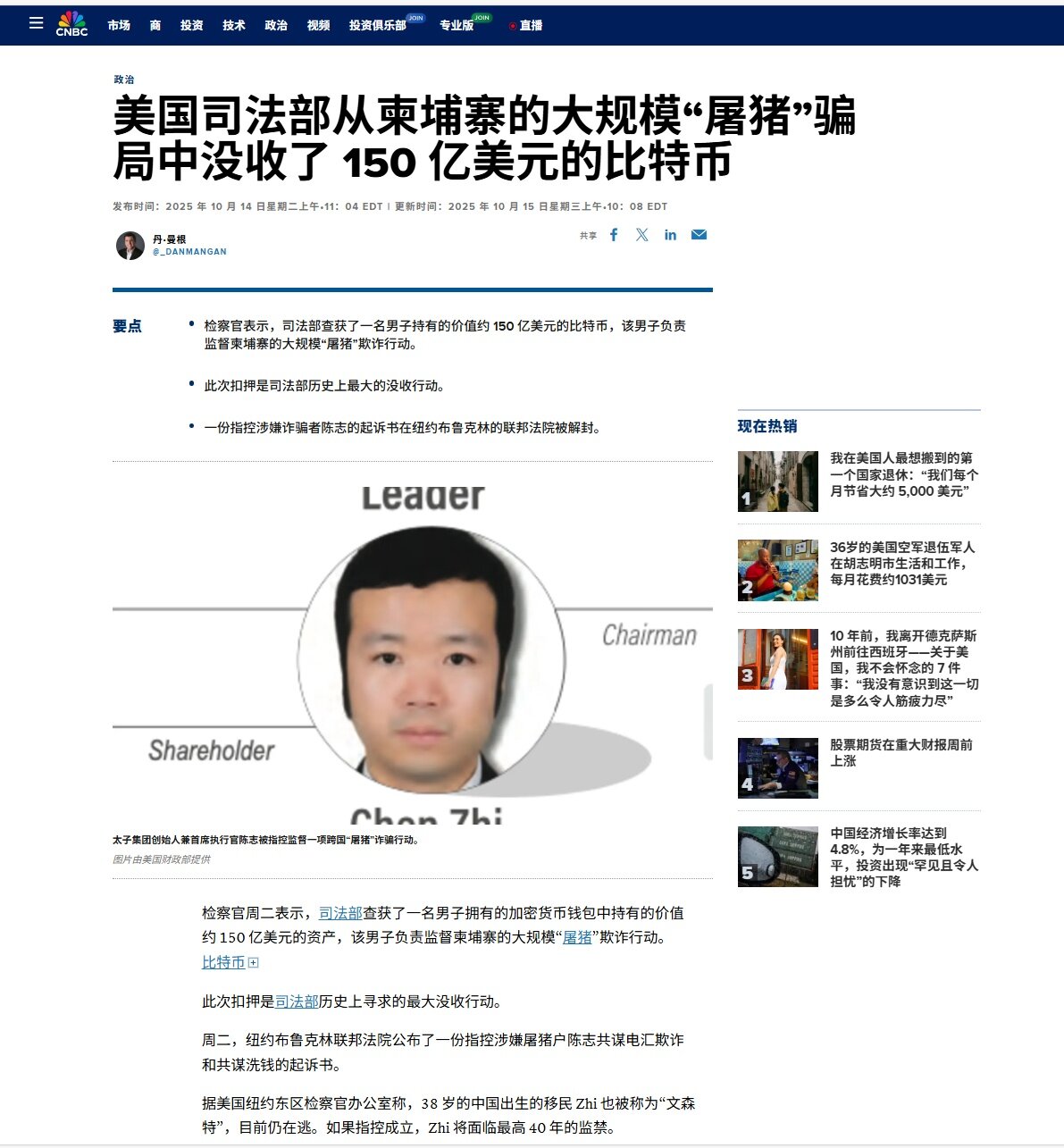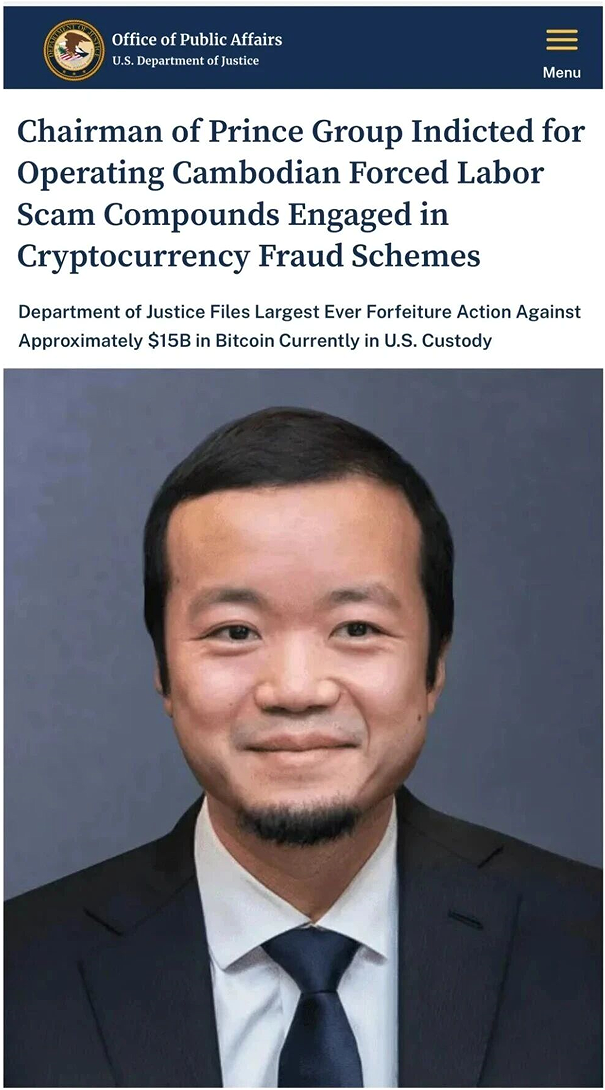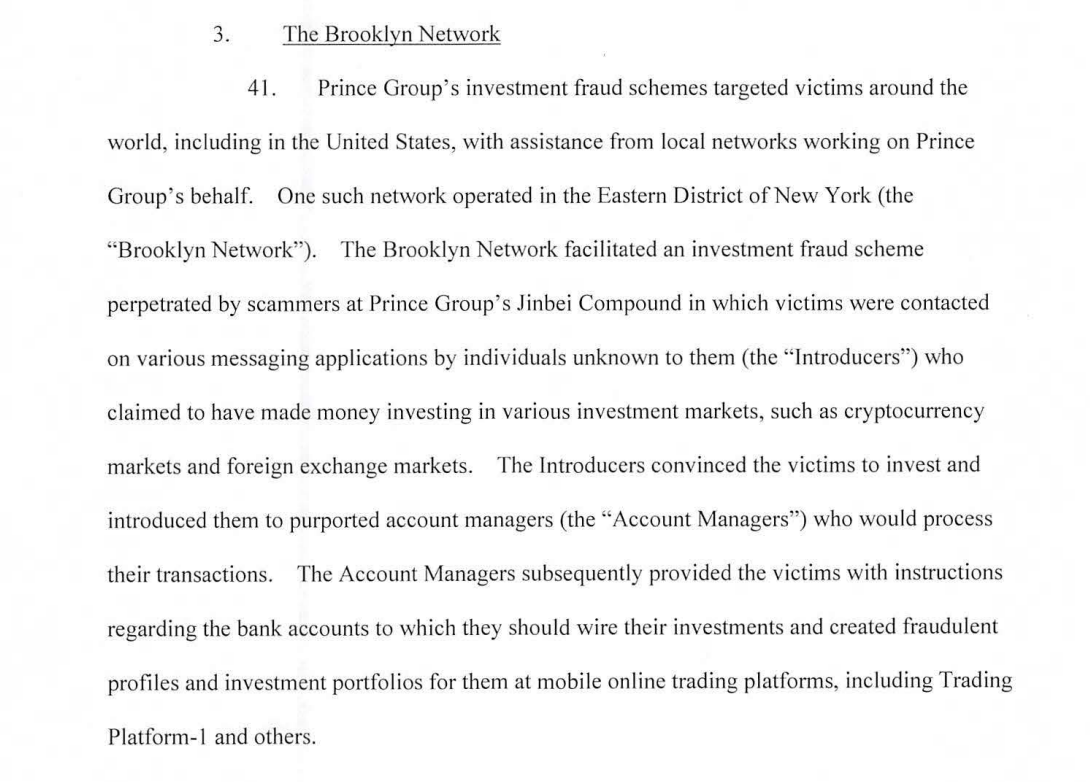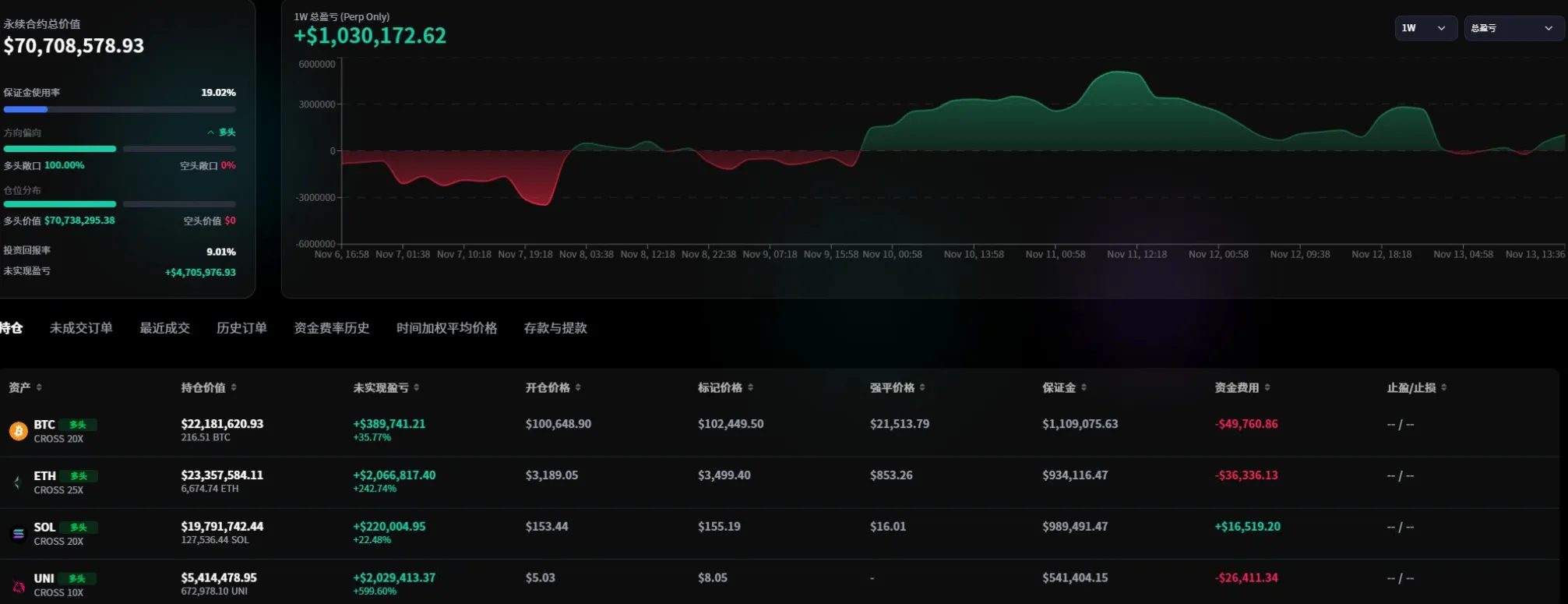In the context of tightening global regulations on cryptocurrency assets, a "blockchain pursuit" spanning Cambodia and the US and UK has captured everyone's attention. In October 2025, the US Department of the Treasury and the Department of Justice launched the largest-ever enforcement action against the Prince Group in Cambodia, freezing over 120,000 bitcoins.

(The image above is from the US CNBC channel)
This case has not only shaken the blockchain industry but also challenged our traditional understanding of "financial sovereignty": When digital assets cross borders and flow anonymously, how can sovereign nations technically track, legally sanction, and regain control in enforcement? When the US can extend its law enforcement reach through financial networks, how can we establish our own system for recovering and judicially handling digital assets?
This article will delve into the legal logic and international regulatory dilemmas behind the "Prince Group" case from four perspectives: case review, legal basis, technical vulnerabilities, and regulatory insights, and attempt to answer an increasingly urgent question—In the era of digital finance, who truly holds the sovereignty of law enforcement?
I. Case Review
First, let us reconstruct the specific details of the Prince Group case as much as possible to analyze its significance.
In October 2025, the US Treasury Department (OFAC) initiated one of the largest single judicial strikes in history against the "Prince Group Transnational Criminal Organization," sanctioning 146 members. Subsequently, the US Department of Justice (DOJ) announced charges: accusing Chen Zhi of organizing and operating a "pig butchering" type of cryptocurrency investment scam based on forced labor parks, while also being involved in telecommunications fraud and money laundering conspiracy. Most astonishingly, the DOJ claimed to have seized over 127,000 bitcoins.

(The image above is from the US Department of Justice website)
How did the Prince Group manage to acquire such a massive amount of bitcoins? The indictment indicates that Chen Zhi led the Prince Group in conducting large-scale online investment scams, luring victims to invest in dollars or cryptocurrencies, displaying account balances or profit growth on the platform shown to users, while in reality, these assets had long been transferred and concentrated into wallets controlled by Chen Zhi. At the same time, the Prince Group invested in or rented real mining companies like LuBian Mining and purchased computing power from the open market, creating the appearance that they were obtaining bitcoins through "legitimate generation."
Regarding such a large-scale cryptocurrency scam, reports suggest that China established a special task force in Beijing to investigate this case five years ago. However, due to the passage of time, we could not find relevant official information or news, only media reports, making it difficult to ascertain the truth. But how did the US manage to control such a large amount of bitcoins and extend its law enforcement reach to the distant Cambodia?
1. Source of US Jurisdiction
The indictment clearly states that the Prince Group's scam network includes victims from around the world, including the US, with one local network operating in Brooklyn, New York. Victims were lured into transferring funds to shell company accounts located in Brooklyn and Queens, which were then transferred back to accounts controlled by the Prince Group and Chen Zhi through international remittances or virtual currencies. In other words, these accounts were opened in US financial institutions and cleared through US financial institutions. According to the US Constitution, jurisdiction is established as long as any part of the criminal act occurs or has consequences in the US. The indictment also specifies that since the acts and consequences occurred in the area, the case falls under the jurisdiction of the Eastern District Court of New York.

(The image above is from the original text of the indictment)
2. Why was execution smooth?
On the criminal level, US judicial authorities issued a seizure order for the 127,271 bitcoins and other criminal proceeds controlled by Chen Zhi under the Criminal Asset Forfeiture Act (18 U.S.C. §§ 981, 982). On the financial sanctions level, the US Treasury Department designated the Prince Group and its associated financial network as a "Primary Money Laundering Concern" under Section 311 of the Patriot Act (31 U.S.C. § 5318A), allowing for the immediate freezing of their accounts and transactions related to the US financial system. Additionally, in conjunction with the Global Magnitsky Human Rights Accountability Act (22 U.S.C. § 2656), global asset freezes and transaction bans can be implemented against foreign individuals for serious human rights violations or significant corruption.
Combined with Rule 41 of the Criminal Procedure Rules and the Mutual Legal Assistance Treaty (MLAT) mechanism, the US was able to smoothly execute seizure, wanted notices, and asset disposal measures through blockchain custodial nodes, exchanges, and multilateral cooperation.
3. Technical Vulnerability Doubts
Why was the US able to easily freeze the bitcoins? Beyond the powerful on-chain team behind the US, there is an interesting claim from a well-known blockchain forensics and compliance technology firm, Elliptic Blog, that I would like to share with readers:
In late 2020, a mining company named LuBian Mining (yes, the same one mentioned earlier) experienced a serious security incident. In short, the random number vulnerability in the private key generation algorithm for opening the bitcoin vault (also known as "Milk Sad") allowed attackers to crack the private key and transfer all bitcoins from its mining pool, reportedly amounting to 127,000 bitcoins. Until June-July 2024, this batch of bitcoins showed new activity, and the wallets of these new activities overlapped or merged with those controlled by the Prince Group and Chen Zhi. Ultimately, in 2025, the US Department of Justice officially seized them.
- Undoubtedly, a significant portion of the 120,000 bitcoins frozen from the Prince Group originated from the financial "contributions" of the Chinese community. However, under the current legal and technical landscape, we can hardly recover our rightful interests from this. Whether or not the state has launched an investigation or taken action, the "Prince Group" case serves as a wake-up call: in the era of digital finance, financial sovereignty is not only reflected in currency issuance but also in the effective exercise of law enforcement sovereignty. When transnational crimes are exposed, we must have clear legal grounds, a mature technical system, and resolute law enforcement capabilities to truly protect and recover the assets that rightfully belong to us.
II. Conclusion
The "Prince Group" case is not the first, nor will it be the last of its kind. It profoundly reminds us that when facing digital assets, finding a new balance between "strict risk control" and "grasping sovereignty" is quite necessary. The crypto community believes that establishing an autonomous and controllable judicial disposal system for digital assets, ensuring that our legal dignity and law enforcement capabilities can extend into the digital space, is an urgent topic. Only in this way can we truly achieve "lawful recovery" in the future, completing the final loop of law enforcement and effectively safeguarding the property security of the people.
This represents the personal views of the author and does not constitute legal advice or opinions on specific matters.
免责声明:本文章仅代表作者个人观点,不代表本平台的立场和观点。本文章仅供信息分享,不构成对任何人的任何投资建议。用户与作者之间的任何争议,与本平台无关。如网页中刊载的文章或图片涉及侵权,请提供相关的权利证明和身份证明发送邮件到support@aicoin.com,本平台相关工作人员将会进行核查。



